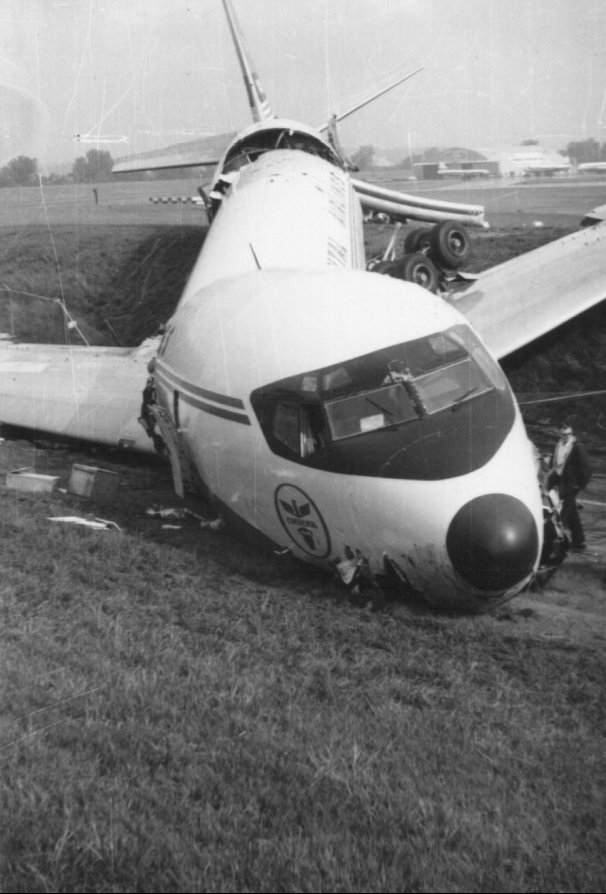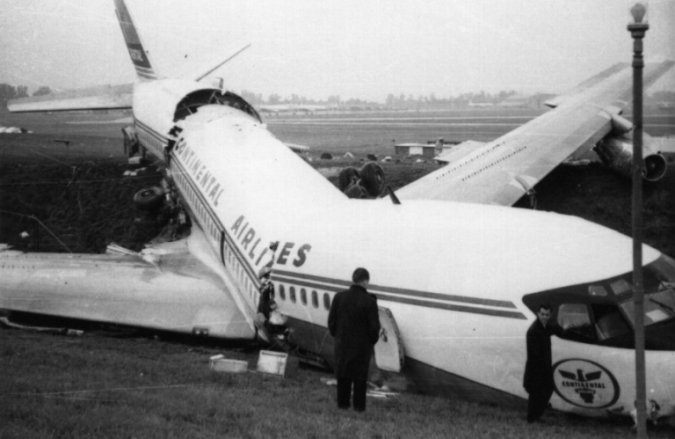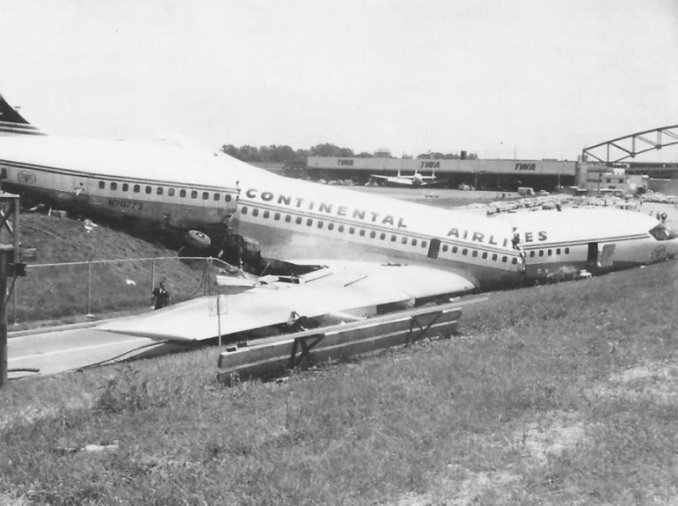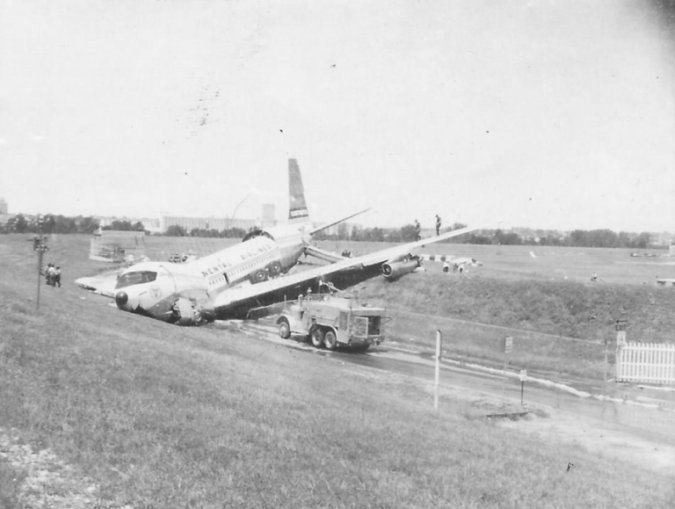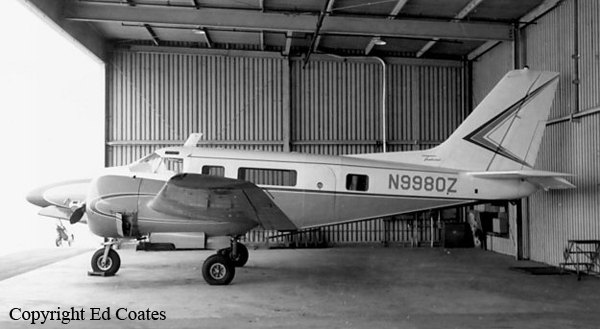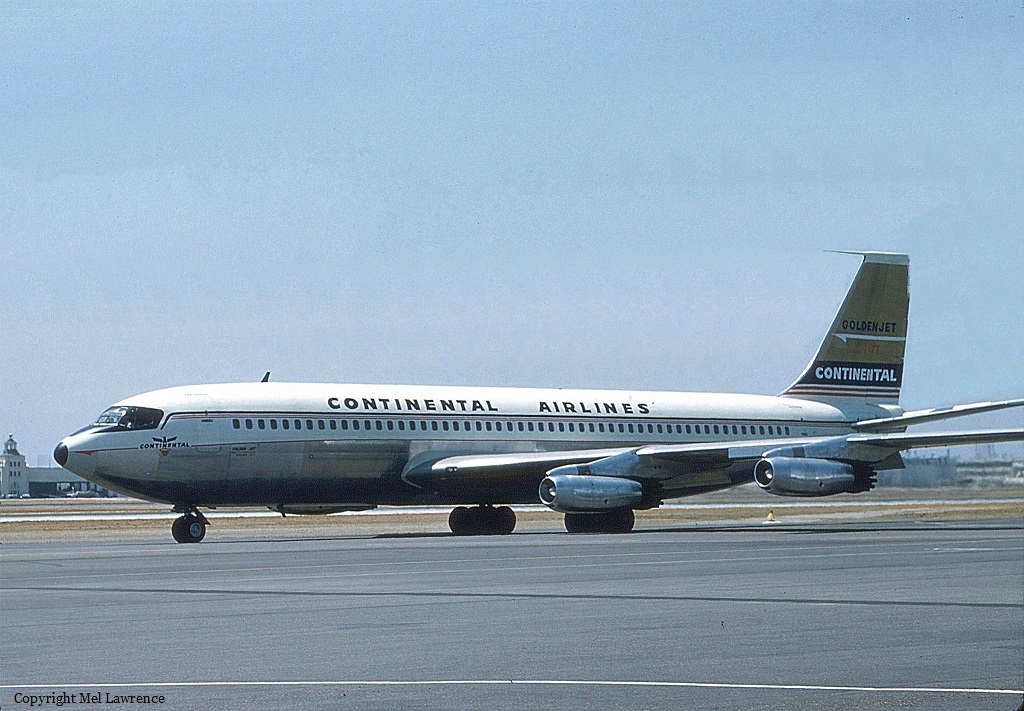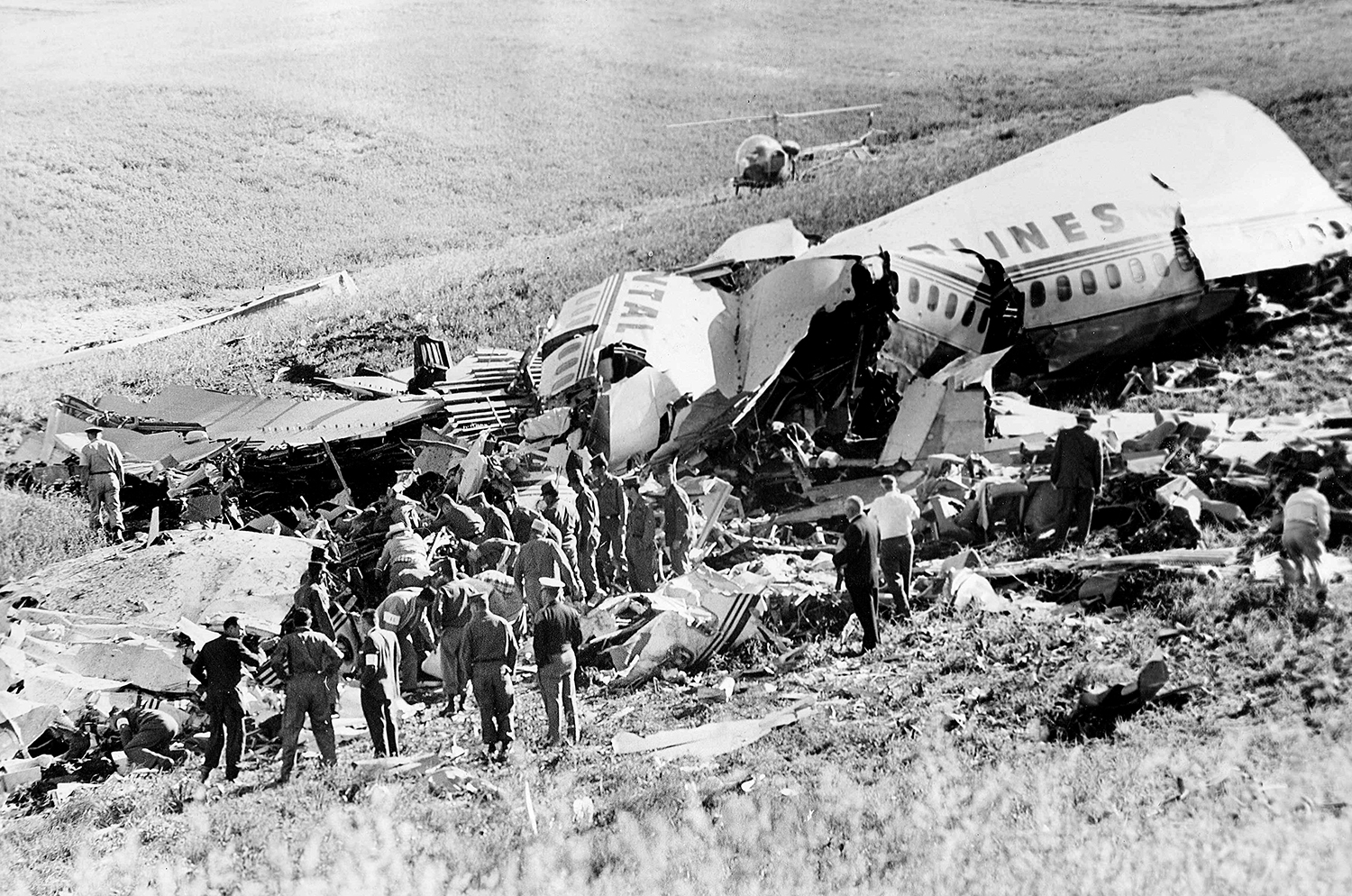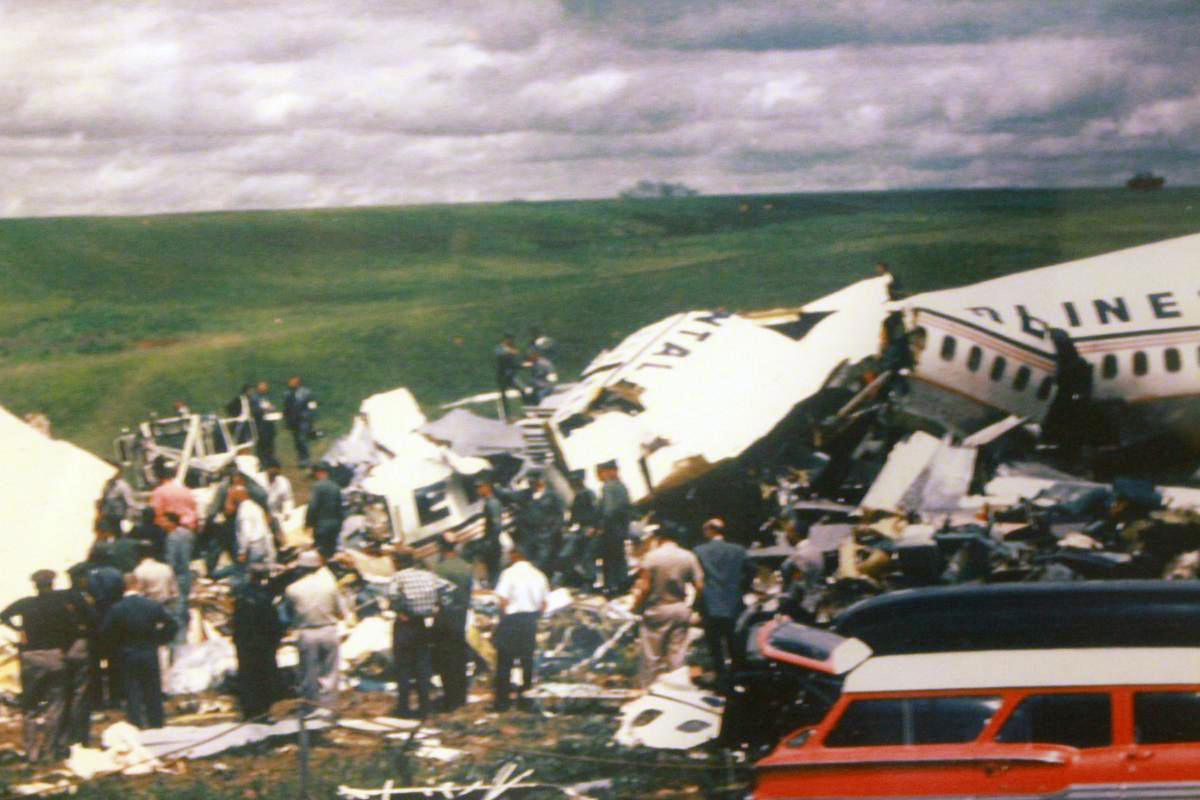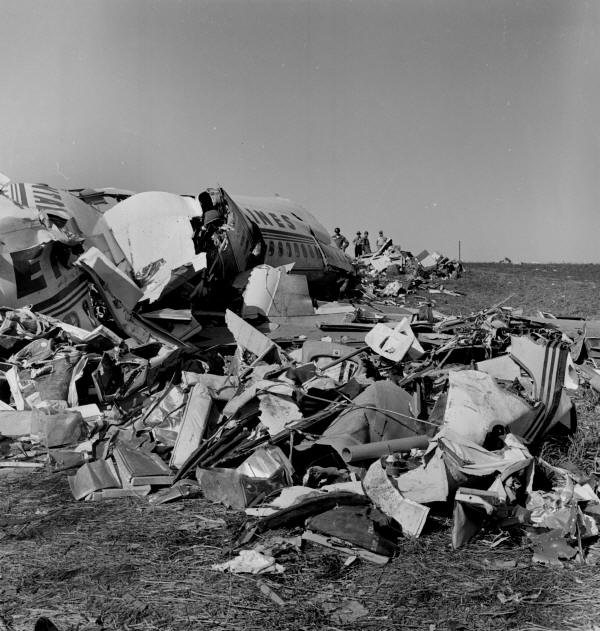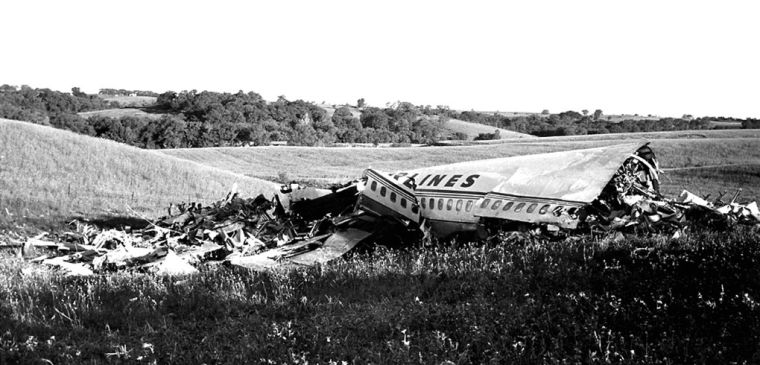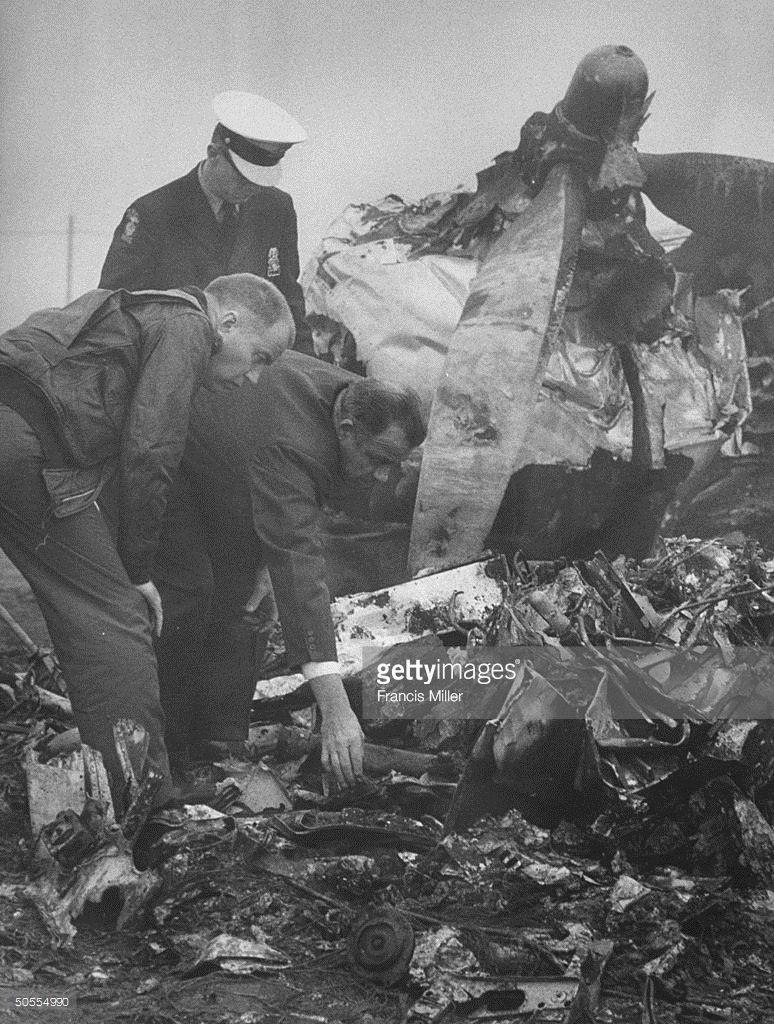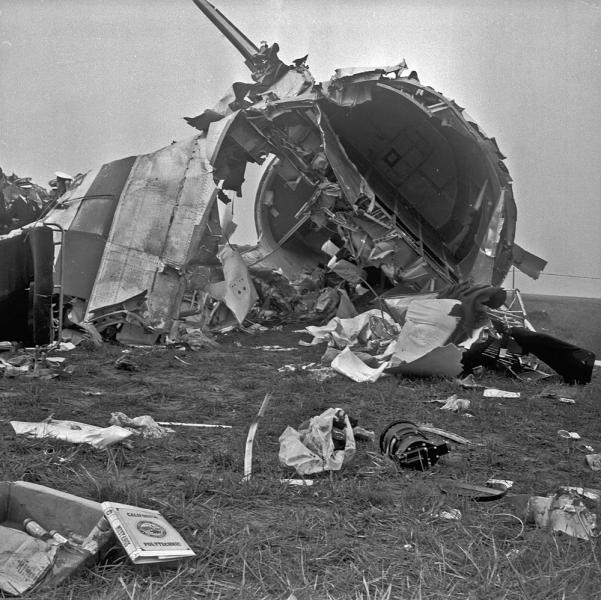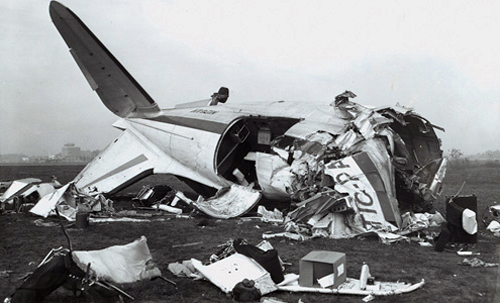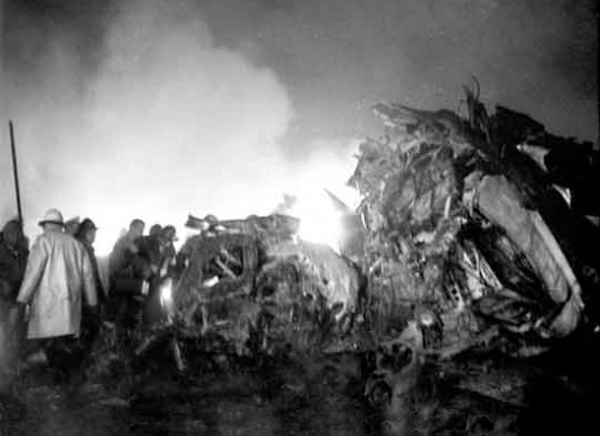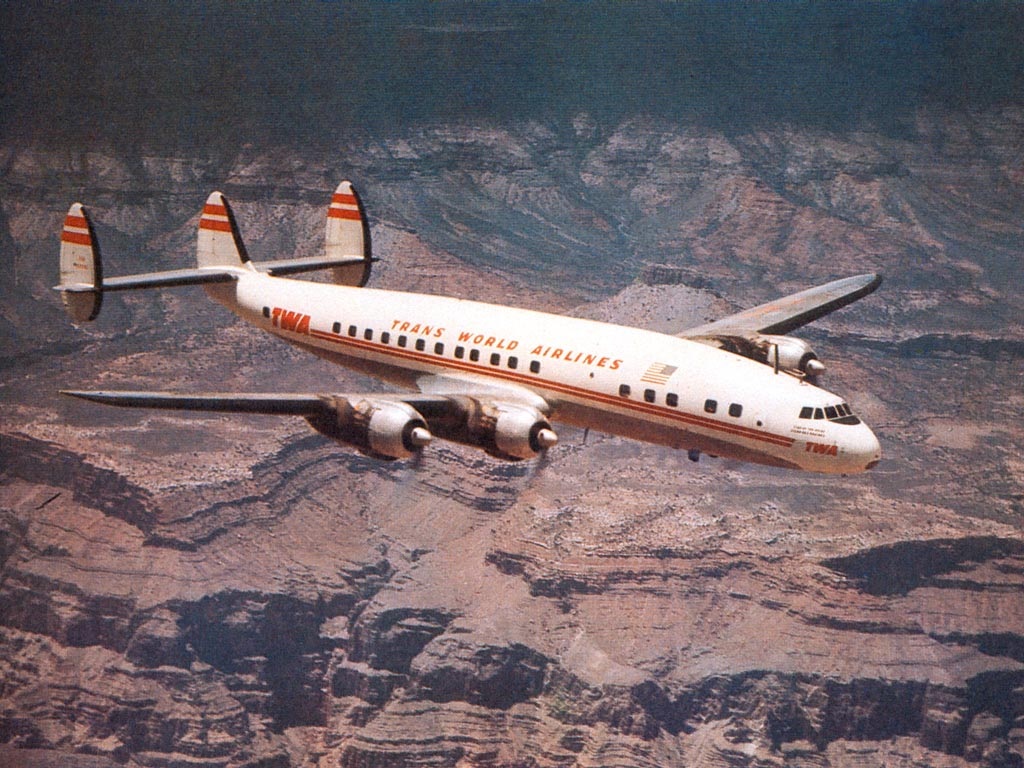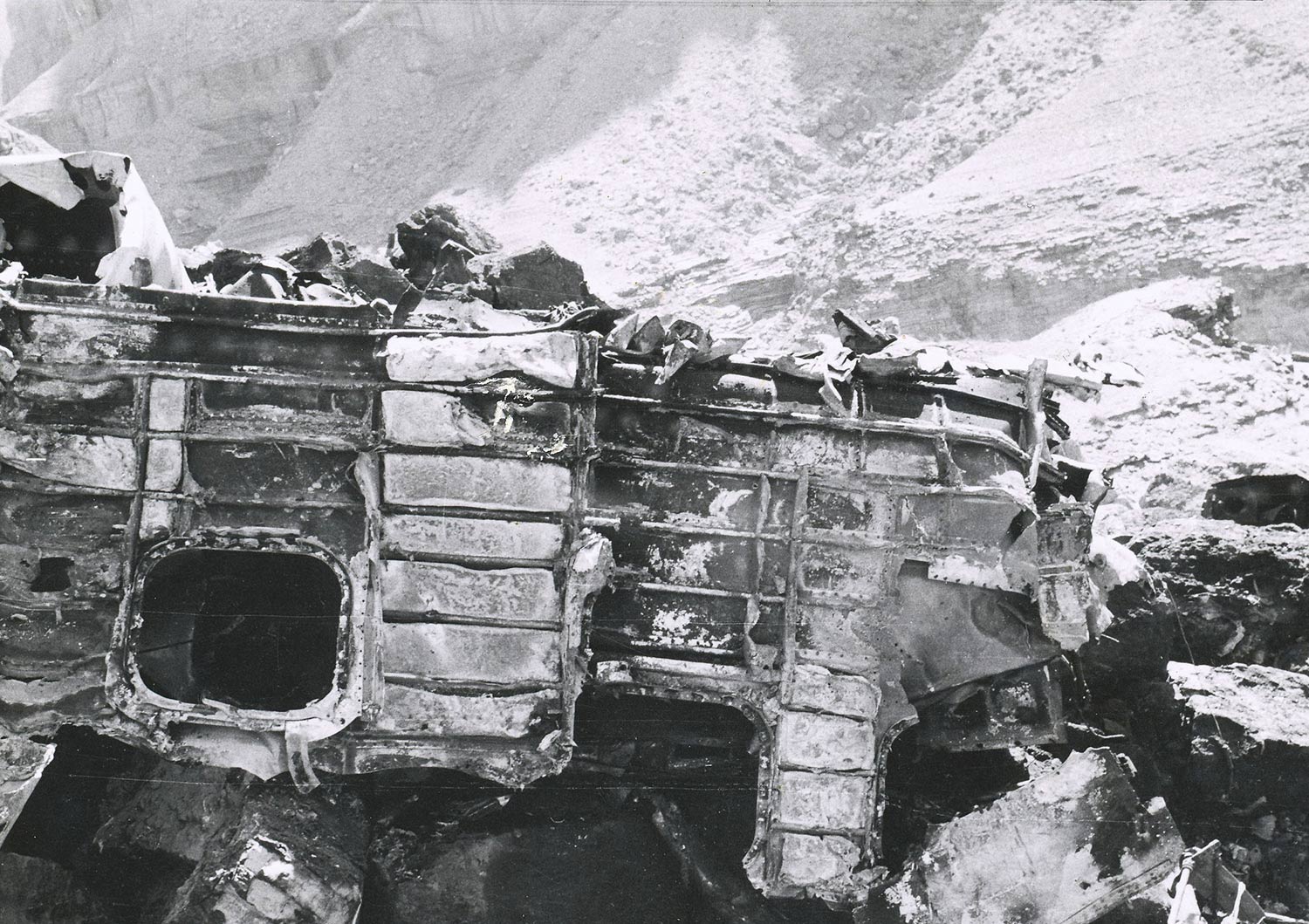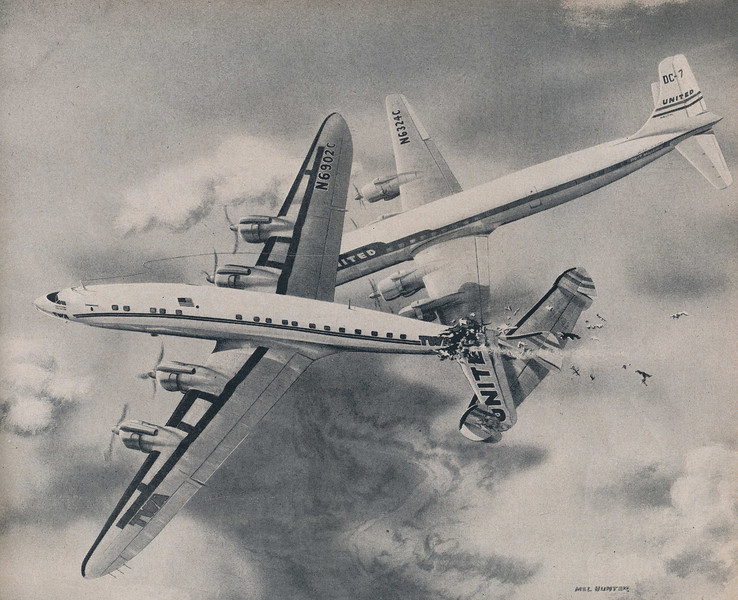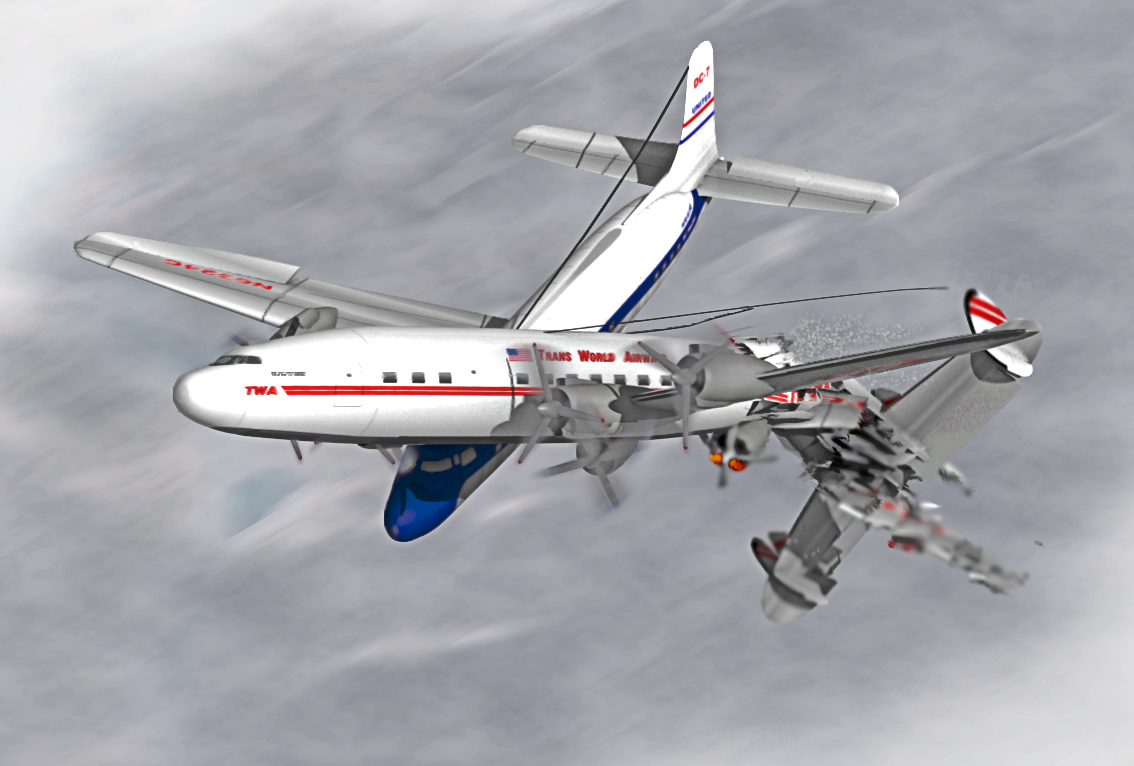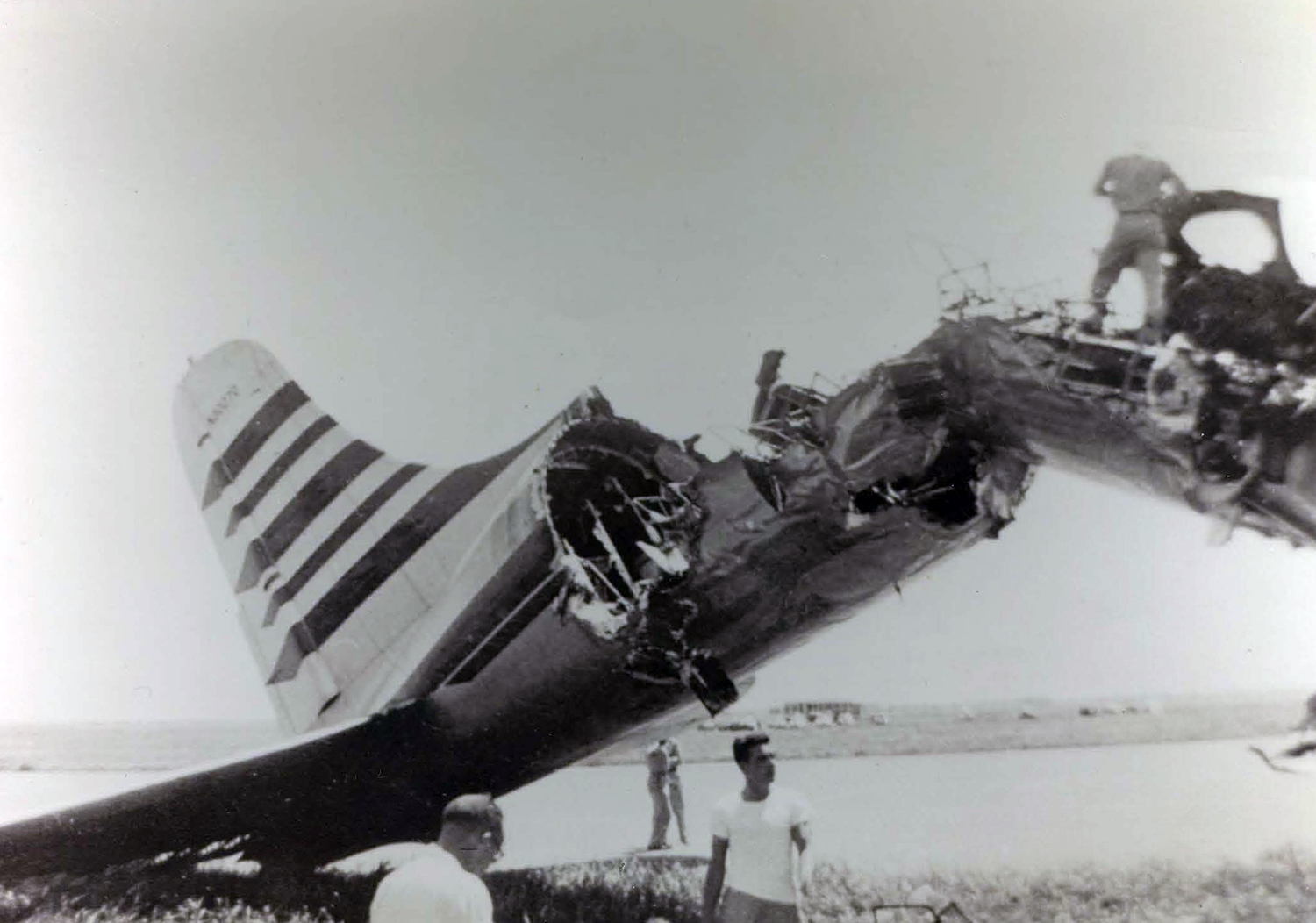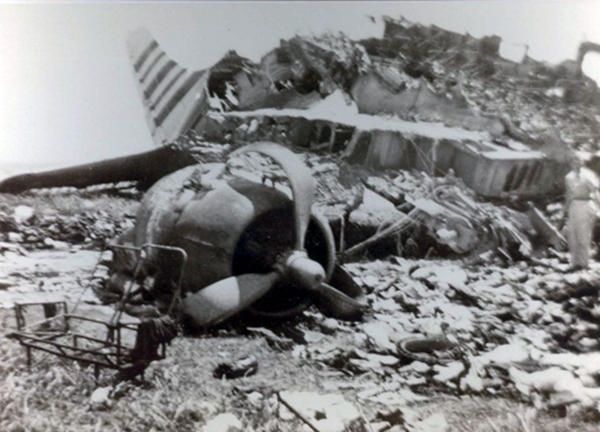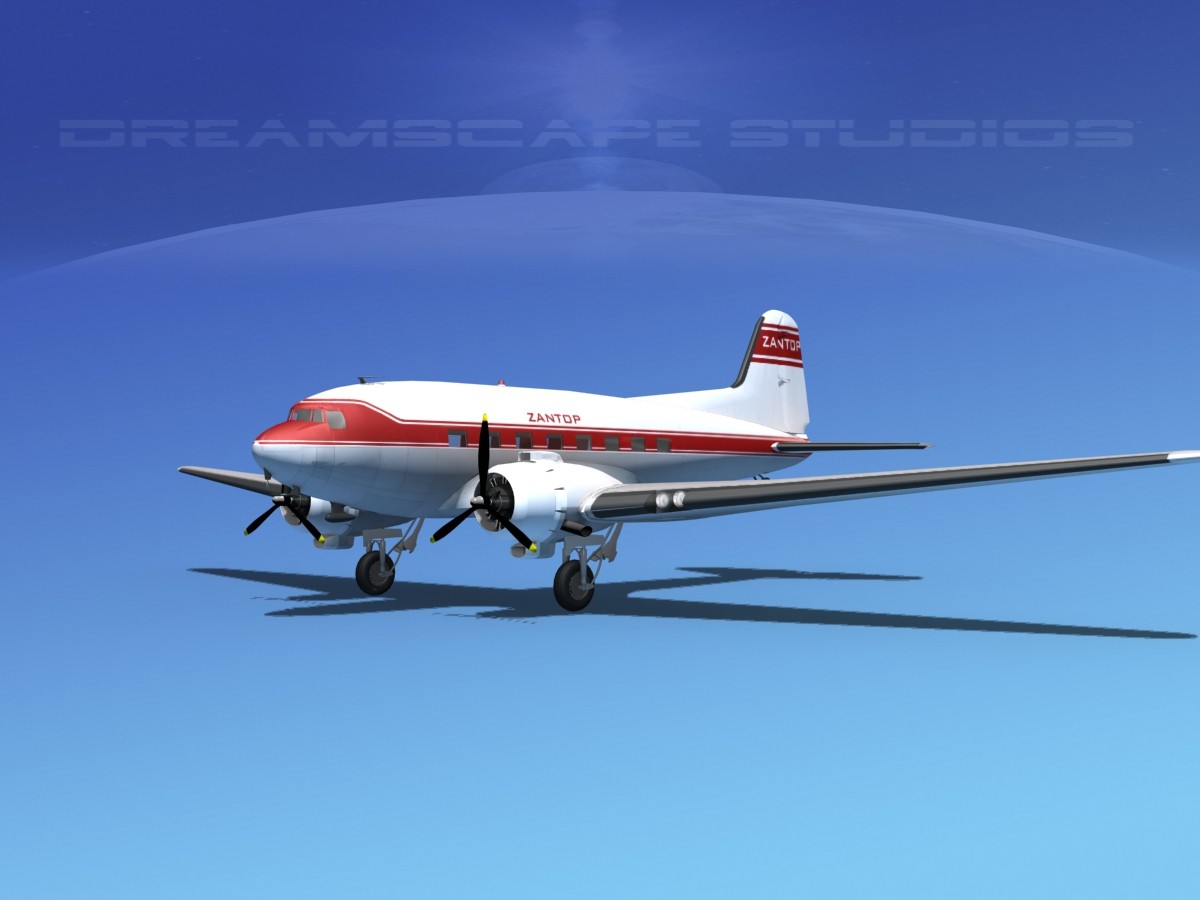Crash of a Boeing 707-124 in Kansas City
Date & Time:
Jul 1, 1965 at 0529 LT
Registration:
N70773
Survivors:
Yes
Schedule:
Los Angeles – Kansas City – Chicago
MSN:
17609
YOM:
1959
Flight number:
CO012
Crew on board:
6
Crew fatalities:
Pax on board:
60
Pax fatalities:
Other fatalities:
Total fatalities:
0
Captain / Total hours on type:
850.00
Copilot / Total hours on type:
428
Aircraft flight hours:
25263
Circumstances:
The aircraft made a "firm" landing, in heavy rain, about 1,050 feet past the approach end of runway 18. When the crew's efforts to stop the aircraft were ineffective, and the captain was convinced that they were going off the end of the runway, he used differential power and rudder to cock the aircraft to the left. The aircraft slid off the end of the runway, went through the US localizer antenna building, struck a dirt blast mound, slid up over the mound, and came to rest with the nose section in the perimeter road between the blast mound and a river levee. Of the 60 passengers and 6 crew members aboard, three passengers and two crew members received minor injuries. The aircraft received substantial damage although no major fire occurred. The passengers and crew evacuated the aircraft without major difficulty.
Probable cause:
The Board determines that the probable cause of this accident was hydroplaning of the landing gear wheels that precluded braking effectiveness.
Final Report:

